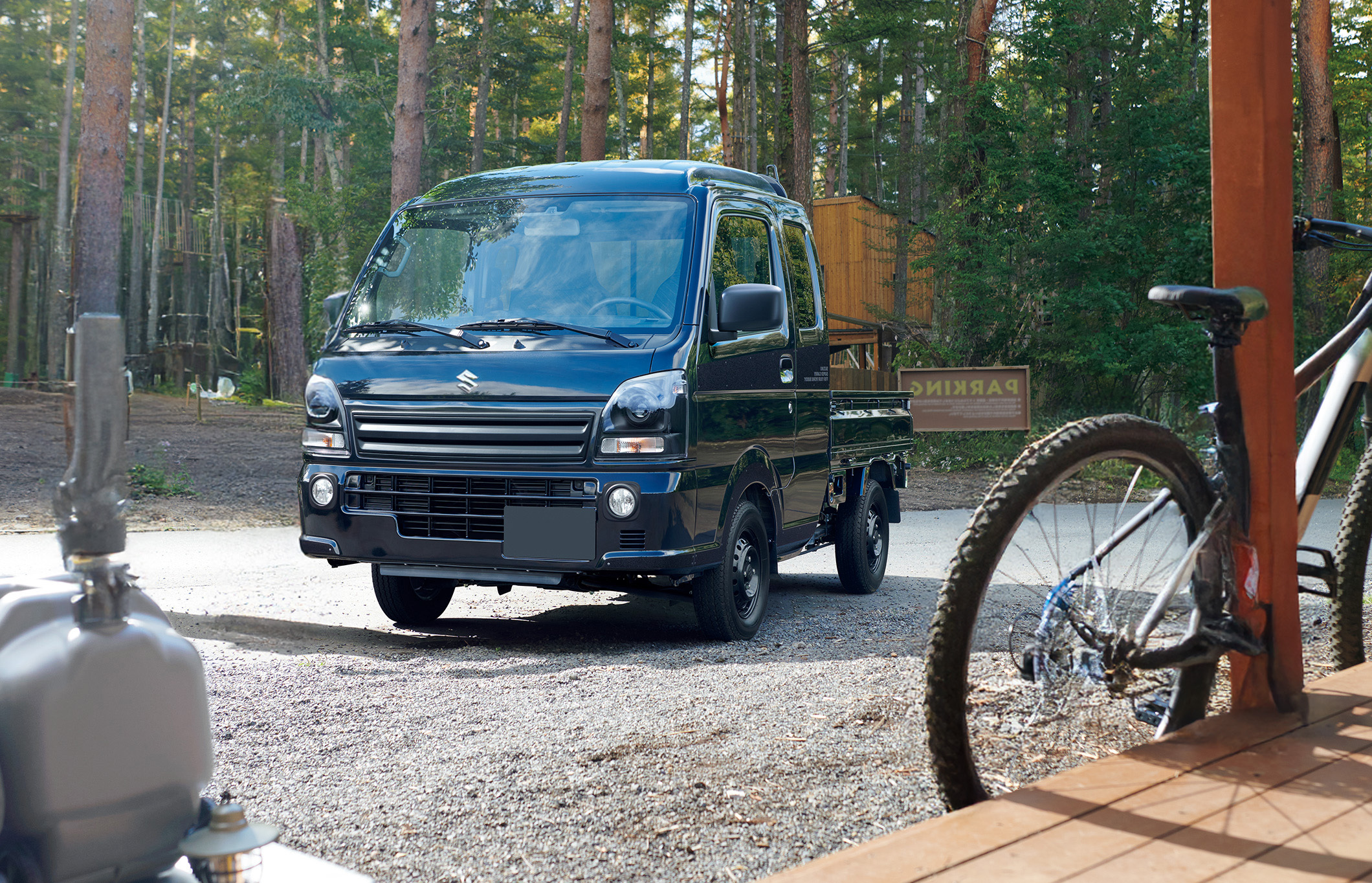There isn’t a definitive “best generation” of the Suzuki Carry that works for everyone—it depends a lot on how you plan to use it, where you are, and your priorities (cost, comfort, parts availability, etc.). But based on enthusiast feedback, specs, and import popularity, some generations do tend to stand out. We will go through what makes certain generations great, what their drawbacks are, and then identify which are frequently considered the top picks.

DA16T Suzuki Carry
What people look for in a “best” Carry generation
Here are features folks tend to prioritize when evaluating different generations:
| Feature | Why It Matters |
|---|---|
| Reliability / durability | How well it holds up under heavy use, or with minimal maintenance. |
| Parts availability | Whether easily replaceable parts are common, easy to ship, cheap. |
| 4WD / Hi‑Lo / diff lock | For off‑road, rural roads, climbing, snow, etc. |
| Cab / bed configuration | Size of bed, truck vs van option, wheelbase, interior comfort. |
| Ease of import & legal compliance | Age, emissions, safety features etc. |
| Maintenance simplicity | How hard or easy it is to work on: where the engine is, complexity. |
| Rust / corrosion resistance | Especially in places with snow/salt or humid climates. |
Notable Suzuki Carry Generations & What Makes Them Good
These are a few generations that often get praise, along with their strong points and weaknesses:
| Generation / Model Code | Years, Key Specs, What’s Good | What to Watch Out For / Weaknesses |
|---|---|---|
| DC / DD51 (approx 1991‑1999) | These are often cited as favorites. Good build, decent bed size, with 2WD (DC) and 4WD (DD) options. Many aftermarket & used parts, people say they’re tough and dependable. | Older age means likely rust, perhaps more wear. Smaller safety features, no modern comfort. Highway or speed capability is limited. |
| DA63T (2002‑2013) | Often named in lists of “best‐balance” models: more modern features, somewhat better comfort, still very rugged. Spare‑parts base is strong. | May cost more because people want them. More electronics (though still simple by today’s standard), possibly more fragile things or things that age. Also might be more expensive to import depending on condition. |
| DA16T (2013‑present in Japan for some models) | The newest “kei truck Carry” generation. Improved cabin space (“wider deck”), better corrosion/rust prevention, modern engine with better efficiency and performance. More comfortable ride, more refined. | Price is higher. If you import, you might run into legal/regulation issues depending on year, emissions, safety equipment. Also, newer = possibly more expensive parts. Might be overkill if your use is rough off‑road or simple farm work. |
⭐ “Best” Generation(s) in Practice
If I had to pick, here are the generations that many tend to treat as “sweet spots”:
-
DC / DD51 (1991‑1999) — A classic. Tough, simple, with 4WD option in “DD” models. Not too old that everything is falling apart, but old enough to be cheaper, and plenty of support. If I were importing or using for mixed‐use, this is likely where I’d aim.
-
DA63T (2002‑2013) — If you want something a bit newer, more comfort, better parts, perhaps less rust. It tends to give you a lot of usability for cost.
-
DA16T — If you want newer, more modern amenities, better build quality, and are willing to pay more.
Regardless of which generation of Carry you choose, BestKei.com has hundreds of parts in stock in North America and ready to ship! If you don't see it on the site, contact us, and we will source it for you, whether it is new, used or aftermarket.
